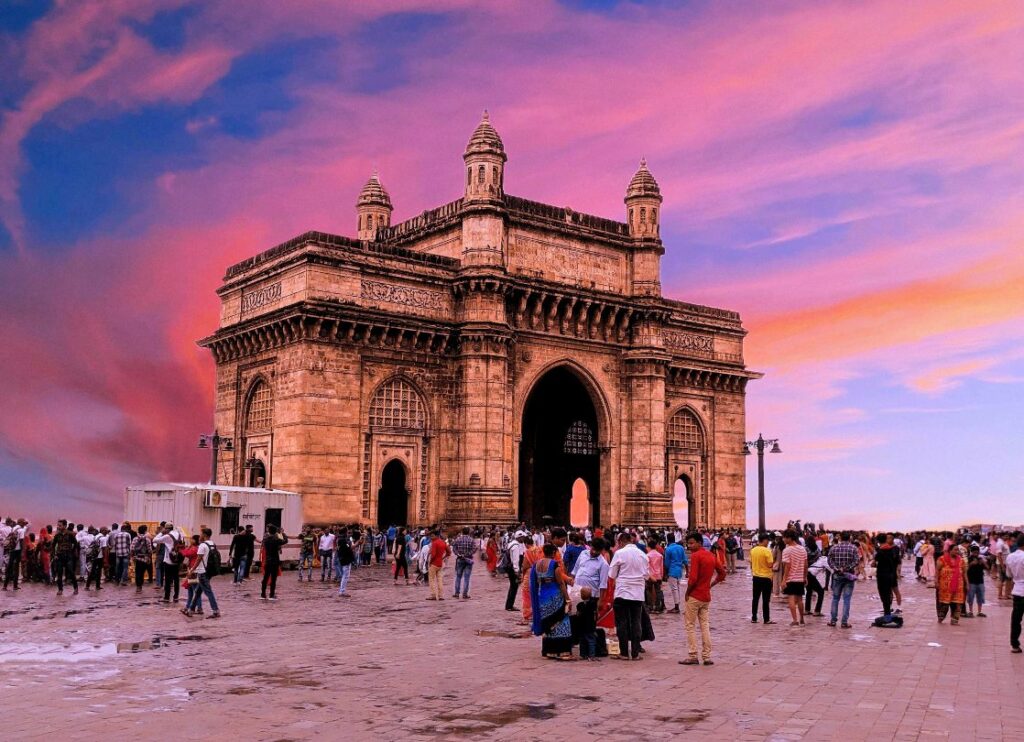As India’s entertainment capital and home to Bollywood, Mumbai has a long history as a city where films are made. Bollywood has so many misconceptions, even among die-hard cinephiles, that defining what is and isn’t Bollywood is necessary first. The Hindi film industry in India is referred to as Bollywood, not the Indian movie industry. India has a diverse film industry, with films being produced in a variety of languages under a variety of industry names (for example, “Tollywood” and “Kollywood”). Many people believe that Bollywood is the world’s largest filmmaking industry, yet this is simply not true. This can’t possibly be the case. After Nigeria’s Nollywood, India has the world’s largest film industry, followed by the US. According to the country’s censor board, more than 1600 films were produced in India in 2012. Bollywood isn’t even the most productive industry in the country. Tamil (262 films) and Telugu (256 films) produced more films last year than Hindi (221).
Despite this, Bollywood dominates the Indian film industry, earning more money at the box office and having a greater global impact than any other city’s film industry, including Mumbai’s. To understand the true scale of this dominance, it helps to look at Mumbai’s past and present. After hosting one of India’s most active theatre scenes during the late 19th and early 20th centuries, Mumbai has long been an important cultural centre. Despite this, theatre in India had and still has a small audience. As a result of the actors’ and their acts’ limited mobility, theatre has never been a tremendous success. To make it to the masses, literature was hindered by high levels of illiteracy and the fact that those who were literate were divided among numerous languages, which made it difficult for books and novels to serve as binding fabrics. That’s because no other media had been able to reach and satisfy the Indian people like film, which was unrestricted by space or literacy requirements.


Since that time, cinema has been the most widely used form of mass media in the nation. In the early days of Indian cinema, performers from Mumbai’s Parsi theatre had a significant effect and were responsible for most of the work. On stage in Parsi plays, realism and imagination coexisted with other elements such as dance or music or narration or stage presentation. This is an approach that was also adopted in early Indian cinema. As a result, Mumbai has always been a haven for filmmakers and studios.
It’s not just that Mumbai is India’s most populous city; it’s also one of the richest. Since the city is India’s epicentre for so many sectors, it frequently acts as the setting for stories that take place elsewhere in India or even outside. A mafia safe haven, the city’s stock exchange, and entertainment industry make it a potential rip-off of Wall Street, Los Angeles, and Chicago in the United States.
Many portions of India are dominated by a single ethnic group or language. The Bengali language and culture predominate in Kolkata, where Satyajit Ray was born. For its cosmopolitanism, Mumbai is an anomaly: it’s an unstoppable melting pot of peoples and civilizations. Only Delhi, the country’s capital, has the same level of cultural diversity as the rest of the country. As a result of Mumbai’s diversity, the city has a high potential for telling stories. A category called “Dimensions Mumbai” at the just-concluded 15th Mumbai Film Festival celebrated this by seeking short films shot and set in the city. As Sameer Nerkar put it, “Mumbai is a city of dreams.” His short film “The Handicapped Colony” was given a Special Mention by the jury. “In terms of films and subjects, you have a lot of territory to cover.” Another aspect of Bollywood’s universality is its depiction of the “homeless”.
Maharastra’s capital city of Mumbai is home to the Marathi-language film industry, which receives government assistance alone. To put it another way, Bollywood is not protected by any state government like many other Indian film businesses. Bollywood, on the other hand, has never had a problem with funding, good or bad. Because the government did not recognise the Indian film industry, banks and other financial organisations were unable to invest there. The mafia (also known as the “Underworld” in the country) and other shady figures have been proven to have poured money into the industry on numerous occasions.
The Central Bureau of Investigation seized all copies of “Chori Chori Chupke Chupke” in 2001 because the film was partly funded by Mumbai mafia members. Until 2001, international financiers and studios were unwilling to engage in Indian projects because of this circumstance. From Walt Disney to 20th Century Fox, every major American studio currently has a presence in India, either individually or jointly. DreamWorks Animation is presently owned by the Mumbai-based Reliance company, which was founded by Steven Spielberg. Since 2001, film budgets have risen along with the number of worldwide releases and the magnitude of the box office receipts. Film production in the country will continue to grow since neither political party, whether Indian or otherwise, shows any signs of retreating anytime soon. At the same time, the influence and presence of Bollywood and Mumbai will grow.


